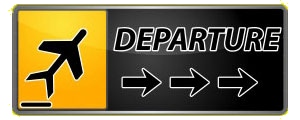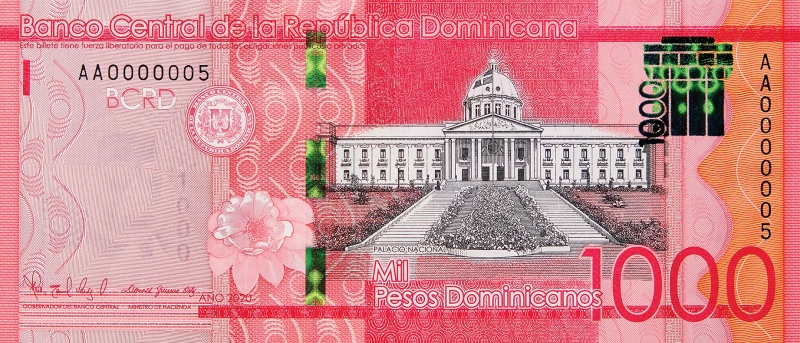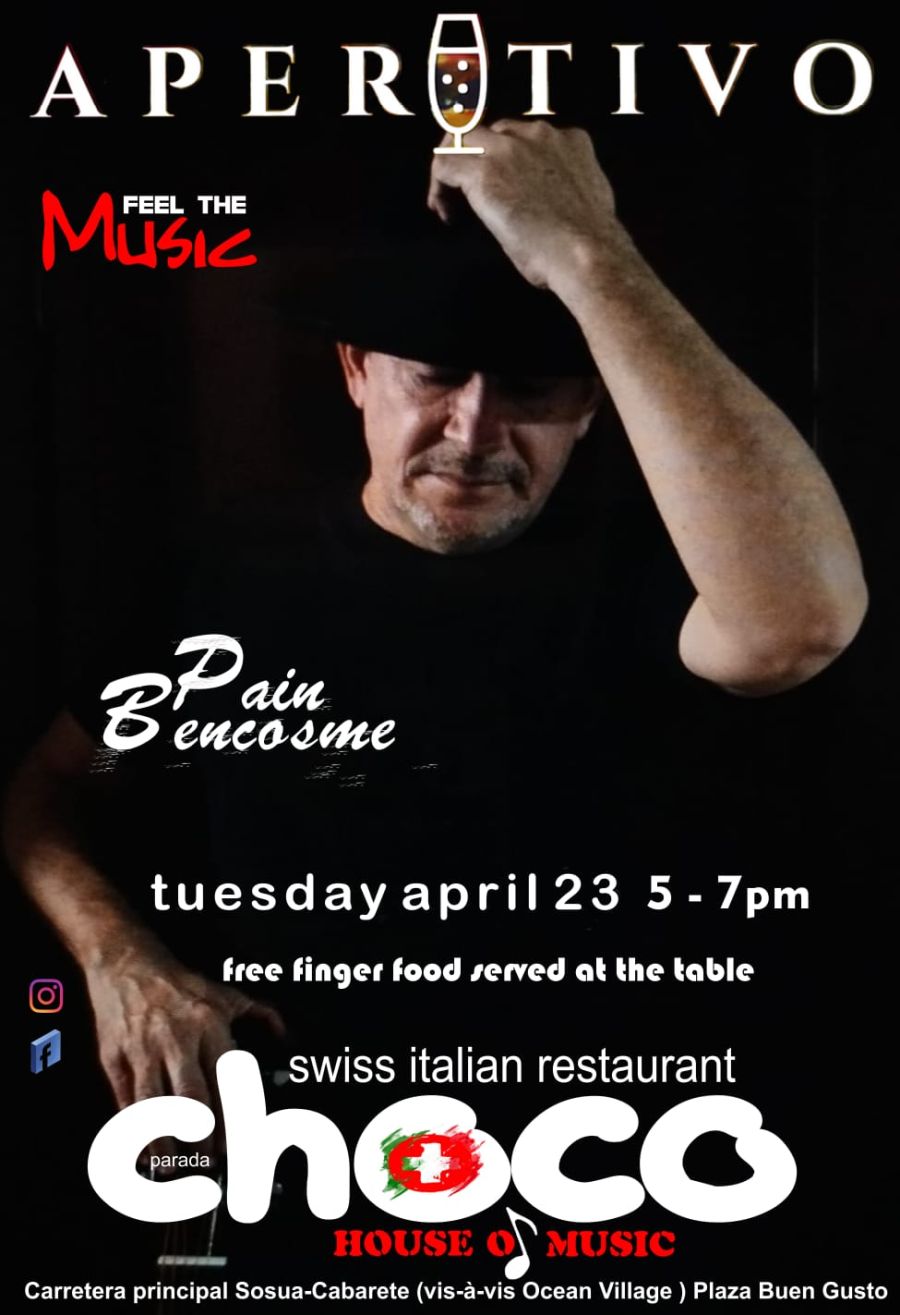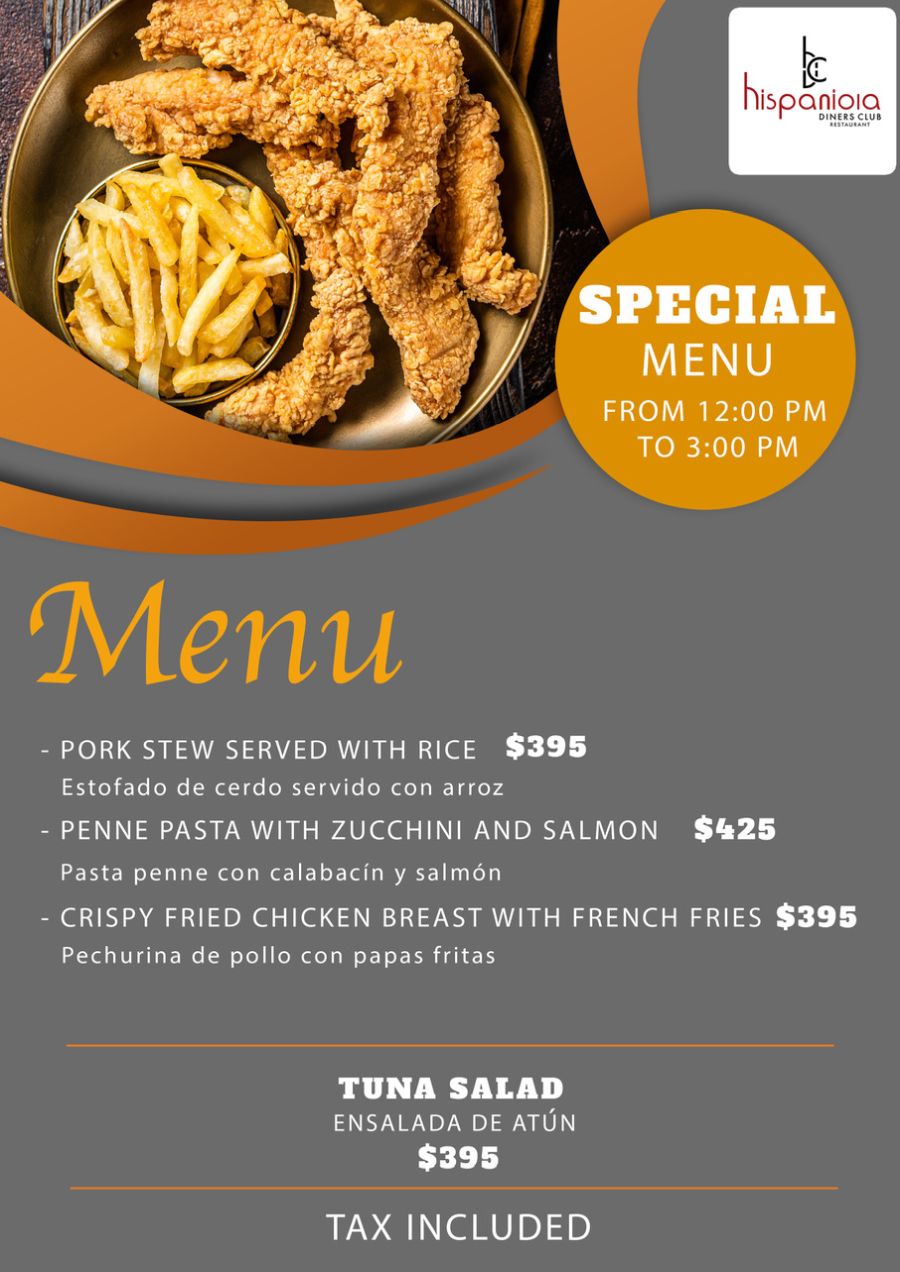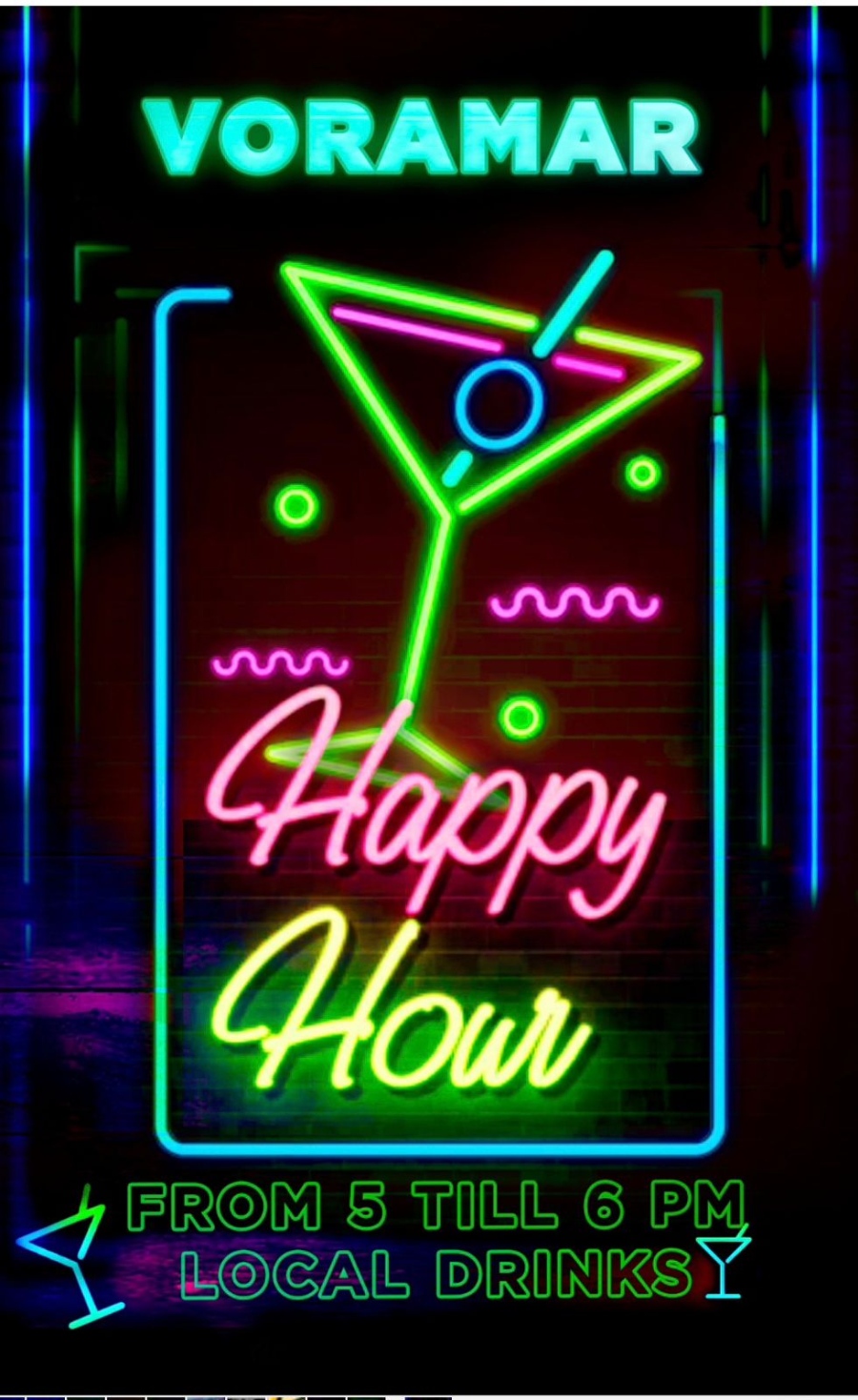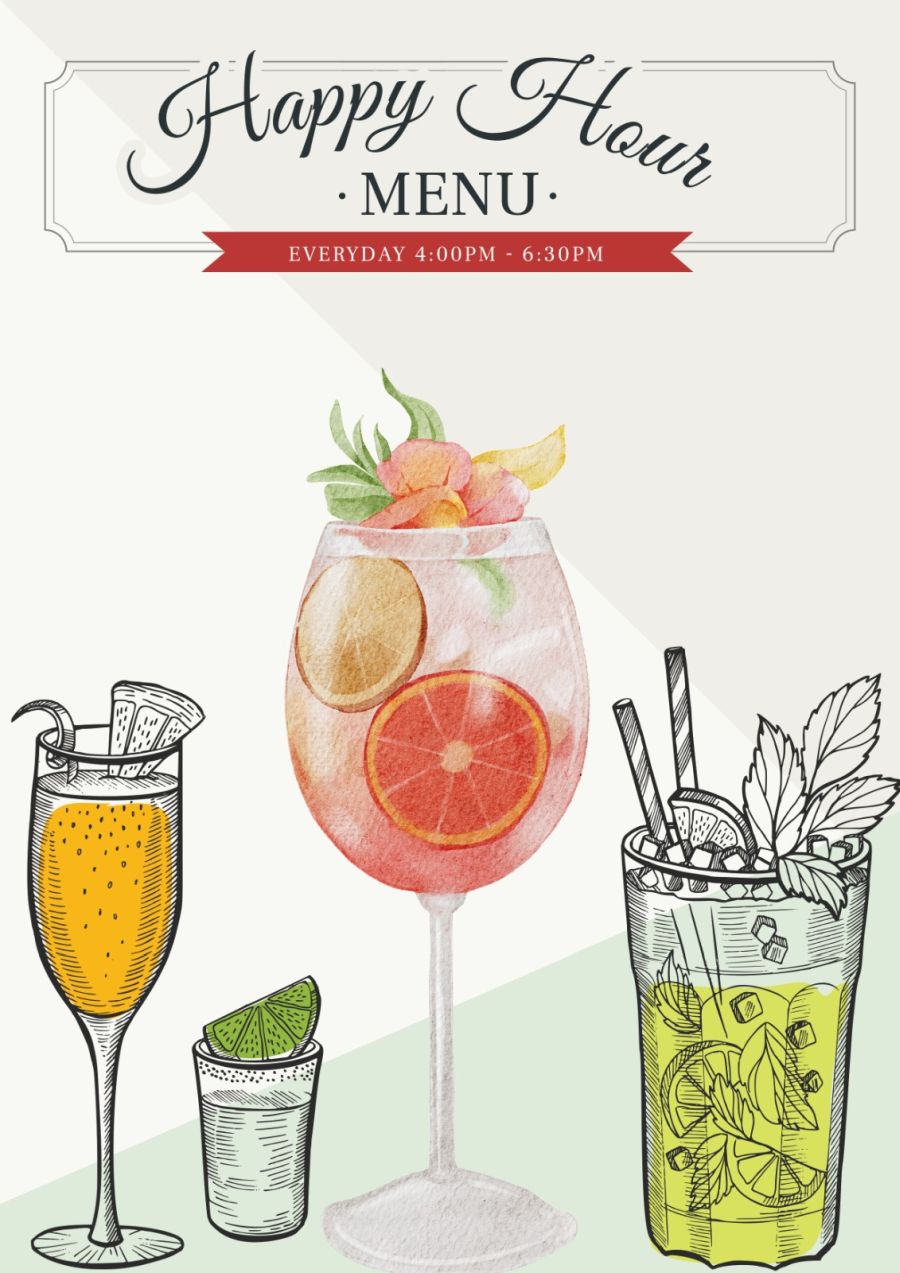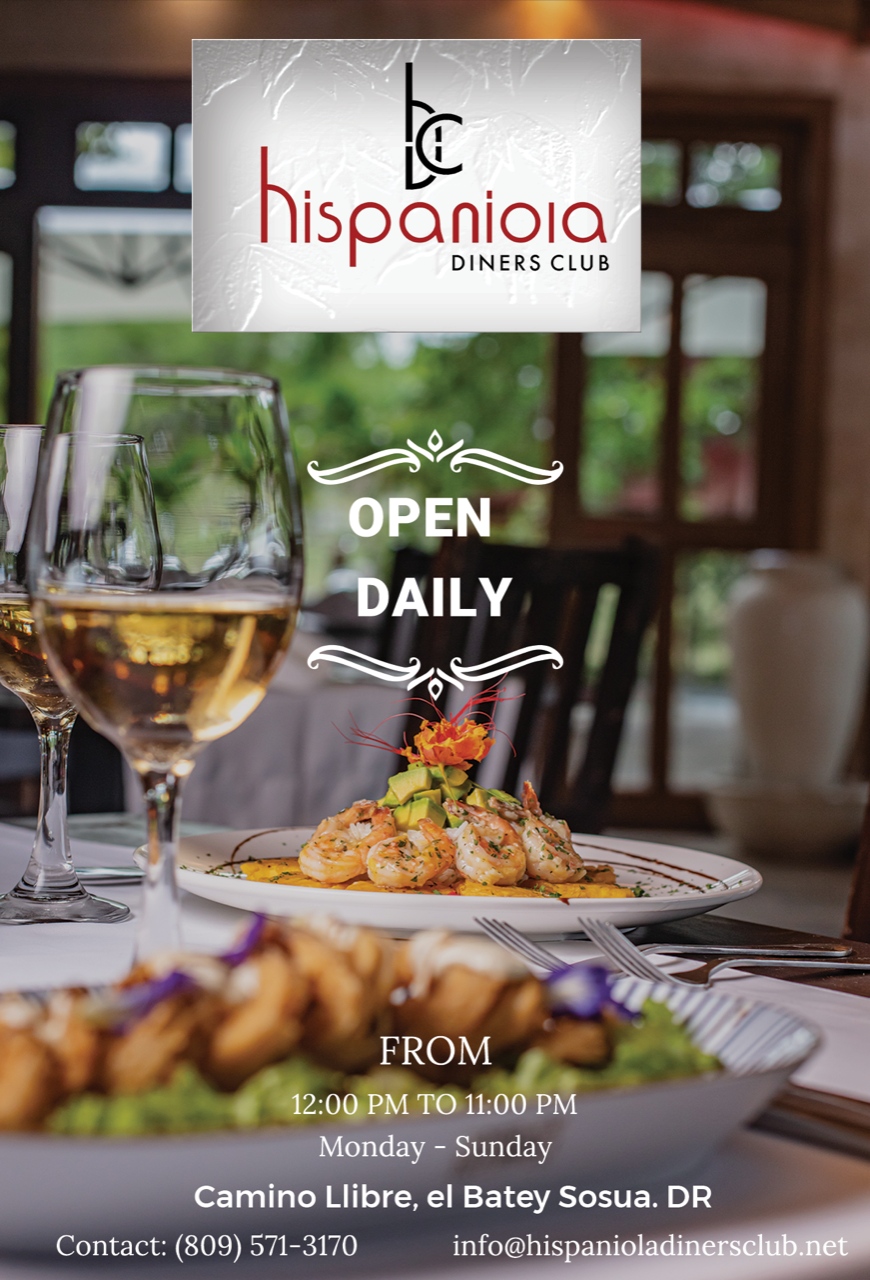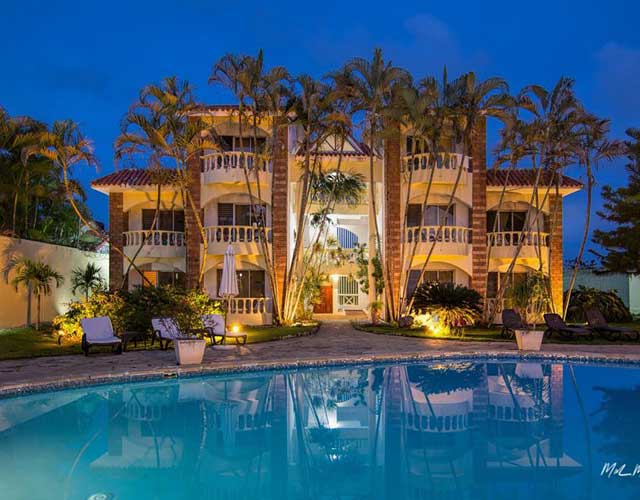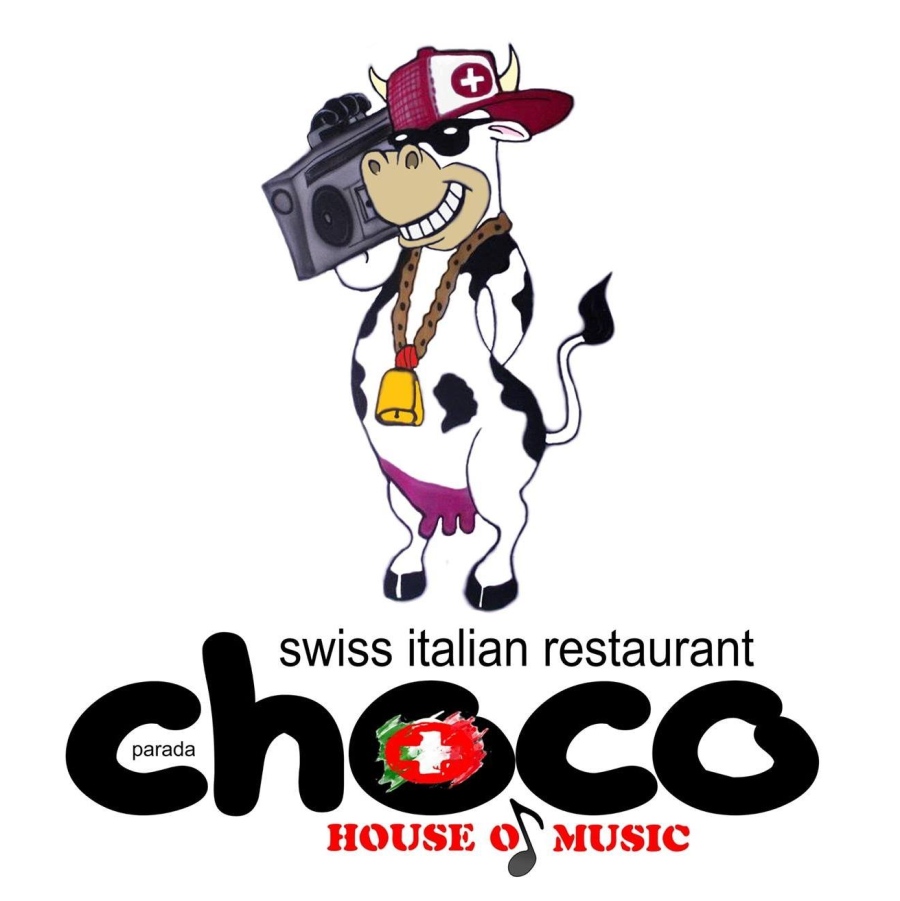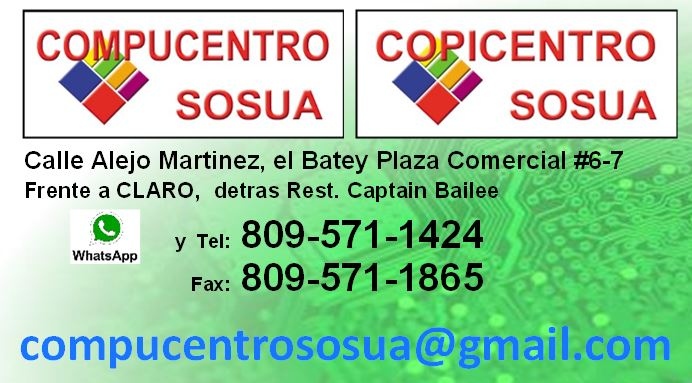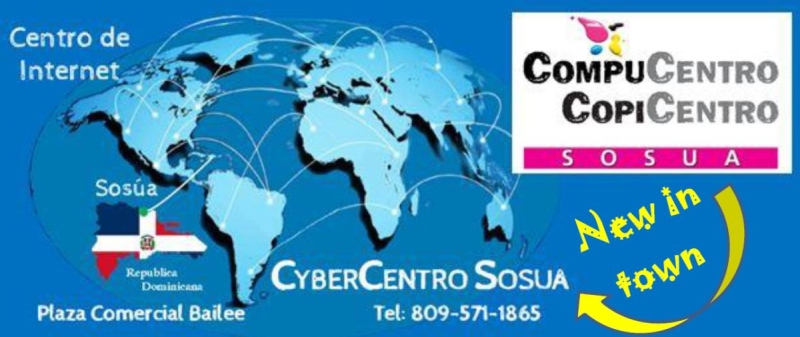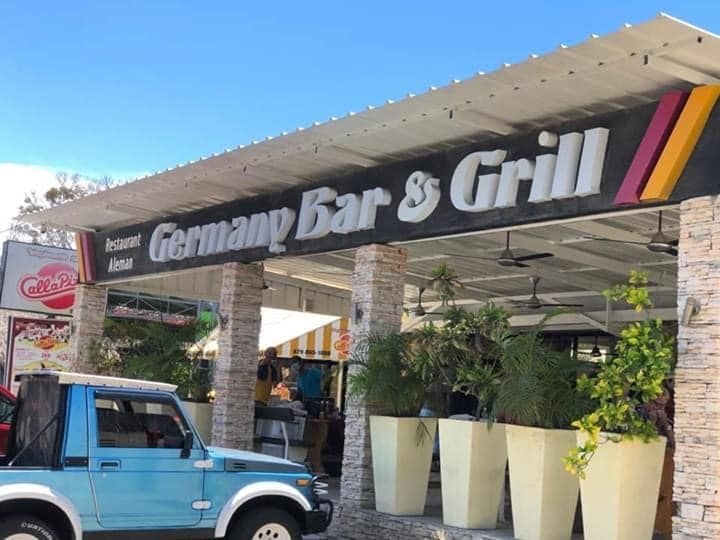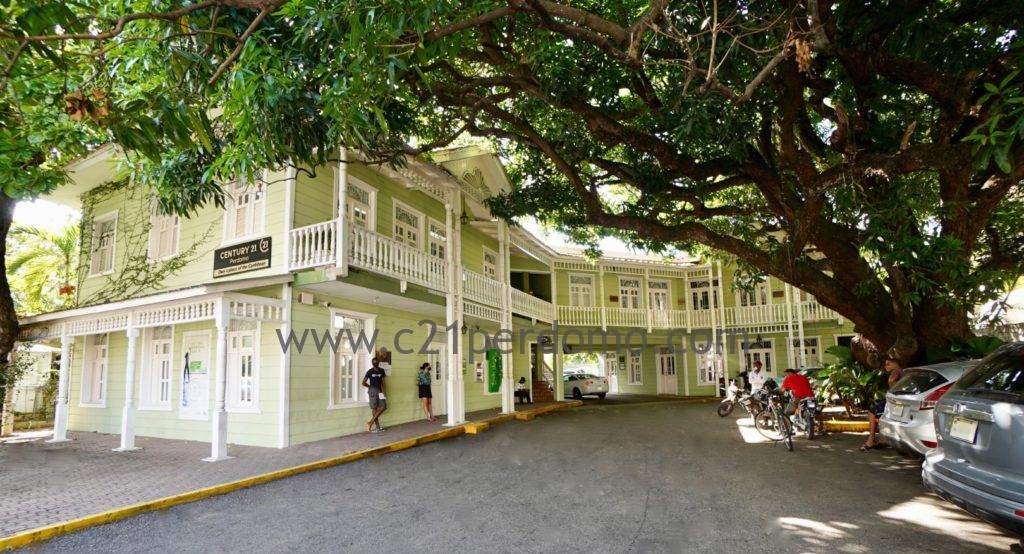
Jewish pioneers in Sosúa
When the persecution of the Jews under the Nazi regime became known internationally, it could no longer be denied or tolerated in silence.
In 1938, Franklin D. Roosevelt organised an international conference in Evian, on the shores of Lake Geneva, to discuss the matter.
Delegates from 32 countries participated and tried to find a solution to this problem.
But none of the participating parties wanted to admit Jewish immigrants.
'Our own social problems are currently so huge that it is impossible to admit refugees'.
Diplomatically formulated, but still a very harsh point of view.
Only the then president of the Dominican Republic, Rafael Trujillo was prepared to admit 100,000 to 200,000 Jewish refugees.
There were several reasons behind this offer.
First: Trujillo had an extremely bad name in the free world.
He was held responsible for the brutal killing of more than 18,000 Haitians in 1937, mainly in the border region of Dajabon, but also in other parts of the Dominican Republic.
Most of them were killed with machetes.
A storm of protest was raised from the United States, South America and Europe.
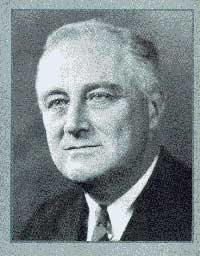
Franklin D. Rooosevelt
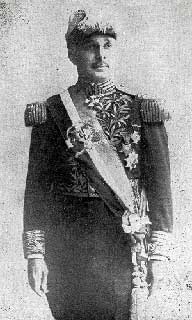
Rafael Trujillo
But Trujillo also wanted better-educated people to help develop the country, and most of the Jewish refugees were well educated.
It was also well known that Trujillo powdered himself every day to make his skin look whiter.
He had a dark skin that he tried to mask with talcum powder.
By importing white people he hoped to create a lighter tanned population in his country.
But perhaps the most important consideration was the fact that, for every Jewish refugee admitted, he received 5000 dollars in gold from Jewish International in New York.
Whatever the real reason behind Trujillo's acceptance, it was still a great outcome for the refugees.
They would become free citizens in a new country.
Trujillo made the coastal region around the bay from Sosúa to Sabenete available for the refugees.
The land rights were transferred to the Jewish Agriculture Community in New York (Agro - joint).
They not only financed the purchase of the land, but also the necessary tools and equipment.
A new organisation was therefore established, called the DORSA: 'Dominican Republic Settlement Association'.
In May 1940 the first group of refugees arrived in Sosúa: 38 people in total (27 men, 10 women and a child by the name of Denny Herber).
Their journey from Europe was difficult, to say the least.
Later such journeys became almost impossible due to the war developments, when German U-boats torpedoed the boats transporting the refugees.
Then there was the fact that Trujillo still didn't want single women: only healthy couples and young men.
By the middle of September only 54 refugees had arrived in Sosúa.
In October, 44 Czech, German and Austrian refugees arrived via Lisbon and New York.
Halfway through the autumn of 1940 approximately 170 refugees had settled in Sosúa.
In 1941 the total number had grown to 340. Later, Jews also arrived from Vienna and Luxembourg.
Eventually, by the end of 1942, there were around 571 refugees.
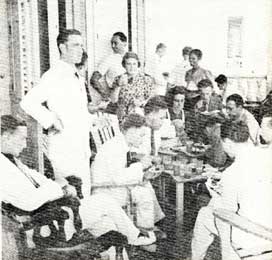
The arrival of the first Jewish refugees in Sosúa and surroundings
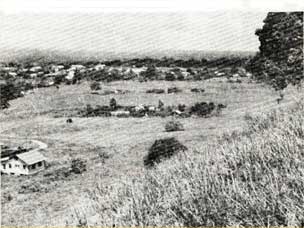
Sosúa in 1940
Jews from Sjanghai
In 1947, a group of 90 Jews arrived from Shanghai.
They had an extremely long and difficult journey, with many stops, before eventually arriving in Sosúa.
Even many years after their arrival, the residents still spoke of the Shanghai group, although it was just an ordinary group of Jewish refugees.
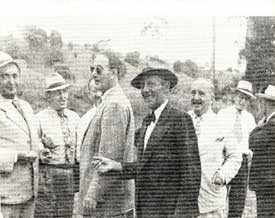
The Sjanghai group
Heavy labour
First they set up a kibbutz, based on the Israeli example.
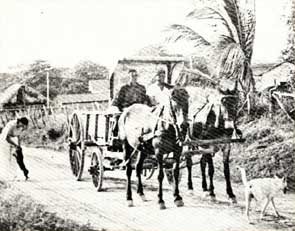
To work in Sosúa
Everything had to be built from the ground up.
Houses were built, sewer systems, water supplies and electricity.
The construction sites had to be developed and the land appeared to be unsuitable for cultivating vegetables.
Most of the Jews came from the large European cities and they weren't used to heavy agricultural labour.
They had no idea how to grow crops.
Life was hard and very difficult.
They also had to contend with malaria.
Many barely survived during the first few years.
But Sosúa slowly grew and the Jewish community worked hard to survive.
They soon built their own clinic, which was also freely accessible to the Dominican population.
A small synagogue can still be admired to the left of the Casa Marina entrance.
There was also a primary school, with Mr Hess as its head teacher.
A hotel, cinema and paved roads were soon constructed around the newly established farms.
Around halfway through the 1950s Sosúa was a model village, which Trujillo gladly showed to foreign guests as a propaganda stunt.
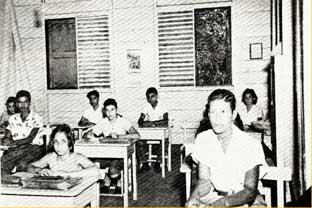
The school in Sosúa
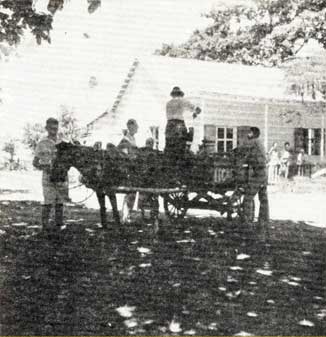
The cinema
Productos Sosúa
After the war many Jews left for Europe, the United States and Israel.
For them the life in the Sosúa kibbutz was too harsh.
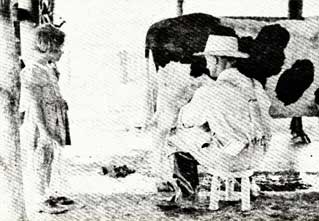
A farm in Sosúa
The long distances between the farms made the kibbutz system impractical.
This left around 50 independent farms that continued to cooperate where possible.
Thus the 'Productos Sosúa' cooperative was established because the dairy farms needed a way to process and sell their milk.
A meat processing company was also established under the same name.
Ham as well as Gouda and Leiden cheeses are well known throughout the country, but tourists appreciate the high quality of these products.
The knowledge of Dutch cheeses originated from a Dutch refugee.
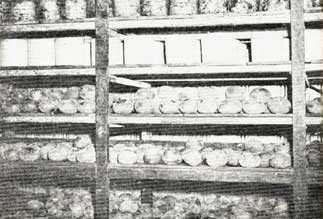
Cheese cupboard of Productos Sosúa
Marrying Dominican women
As previously mentioned, Trujillo only wanted to take in couples and healthy young men.
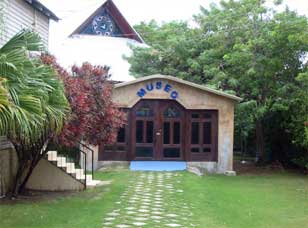
Jewish museum in Sosúa
And it is easy to understand that many of them married Dominican women.
The original families still living in Sosúa are almost all integrated, though the children from these families are usually sent to the United States to get a good education.
Today there are only about seven original Jewish pioneer families left.
When you visit Sosúa, please take time to visit the Jewish museum and the well-maintained synagogue.
This will give you a far better idea of Sosúa's history.
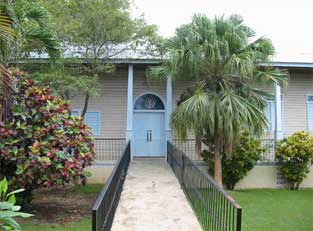
Synagogue in Sosúa
I love Sosúa

















